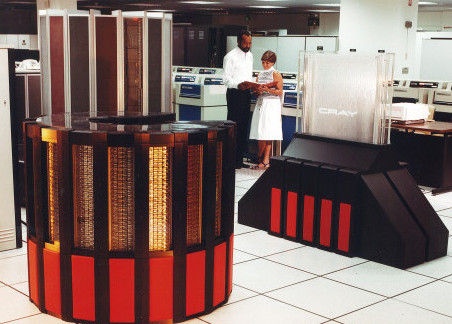50th Anniversary Seminar Series Kicks Off
Join us for a series of seminars celebrating NERSC's legacy and future in scientific supercomputing. » Read More
Boosting Carbon-Negative Building Materials
Locking greenhouse gases into building materials could store them safely for many years. Researchers using NERSC resources are advancing the science behind this idea. » Read More
NERSC Featured at APS
Watch a new video exploring NERSC's mission and impact. It was featured at the American Physical Society's annual meeting. » Read More
Getting a Peek Into Ice Giants
Scientists are using NERSC's Perlmutter supercomputer to study the interior chemistry of ice giant planets like our solar system's Neptune. » Read More
50 Years of NERSC Firsts
Get the highlights from our last half-century of scientific supercomputing. » Read More
National Energy Research Scientific Computing Center
Computing at NERSC
Now Playing
Some Scientific Computing Now in Progress at NERSC
Did You Know?
'Bubbles' the Cray-2

In 1985, NERSC was the first to install the Cray-2, then the fastest computer in the world. Today, just about any mobile phone has more processing power. The Cray-2 was nicknamed "Bubbles" for its unique liquid cooling system.
Visit our interactive timeline to learn more about NERSC history.
NERSC@50

NERSC@50 Seminar Series Kicks off April 15 April 8, 2024

50 Years of NERSC Firsts January 25, 2024











